Benchmarks: Christopher Schwarz — From competitor to contributor, but always a reader

My relationship with Fine Woodworking is probably unlike yours.
I once awaited every issue with complete dread. When it would arrive, I would pore over every page and moan in agony when I read a particularly great article by Hank Gilpin or Christian Becksvoort. The photography, always top-notch, annoyed me. The beautiful paper, perfect binding, and thoughtful layouts would put me in a foul mood.
For more than 15 years, Fine Woodworking was my competitor. The woodworking magazine I worked for, well, we tried hard. But we didn’t have the resources or the deeply talented bench of writers and woodworkers to compete. And Fine Woodworking also had one thing that our parent publishing company never had: The desire to defend the high ground in magazine publishing with good paper and printing.
Publishing a woodworking magazine is the most difficult type of publishing I’ve ever been involved in. It has to be technically, grammatically, and historically correct. The text has to mesh perfectly with the photos and illustrations. And the readers are insanely passionate. Make a small mistake, and you’ll hear about it – for years. I still have a black mark by my name for misstating the inventor of the handplane’s lateral adjustment lever.
During the last 10 years, my relationship with Fine Woodworking has changed quite a bit. I now look forward to seeing it in my mailbox, and I get to read the articles without wanting to throw up in my mouth a little when I see a particularly beautiful piece of furniture.
And a few years ago, I had the moment that every woodworker dreams about. Tom McKenna emailed to ask if I would propose some articles for the magazine. I was so giddy, my wife asked me to stop talking about it so much.
As woodworkers, we’re lucky that Fine Woodworking is still around and produces excellent content. Hundreds of enthusiast magazines have disappeared in the last 15 years, or become shadows of their former selves. I’m thrilled to play a tiny part in this magazine’s great tradition, and – most importantly – I don’t have to secretly wish for the Taunton Press headquarters to mysteriously vanish in the night.
So now I sleep better with a clean conscience. Here are a few of the stories from the magazine that caused me the most heartburn (meaning they are fantastic).
Christopher Schwarz
Editor, Lost Art Press
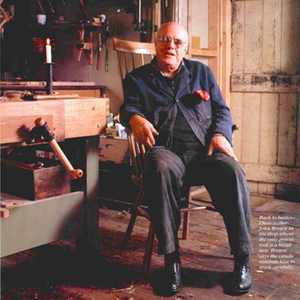 |
Good WorkOutspoken and unapologetic, a Welsh chairmaker makes a plea for hand tools John Brown |
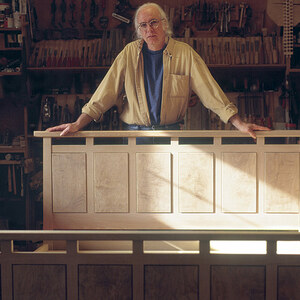 |
Talking Shop with Hank GilpinIf he were a piece of wood, he would be, “White oak-wire brushed and without a finish. That’s me.” Jonathan Binzen |
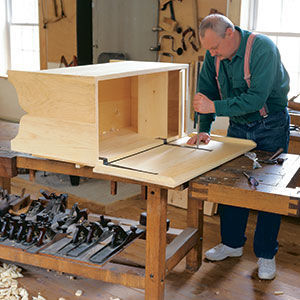 |
18th-Century Six-Board ChestCopying an original is an excellent way to hone your hand-tool skills Michael Dunbar |
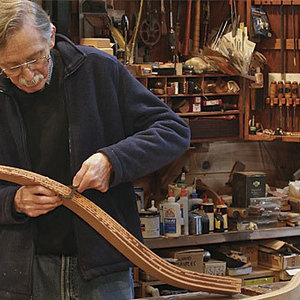 |
The Best Woodworker You’ve Never Heard ofFor 55 years, the amazing Jere Osgood has blended modesty and mastery Jonathan Binzen |
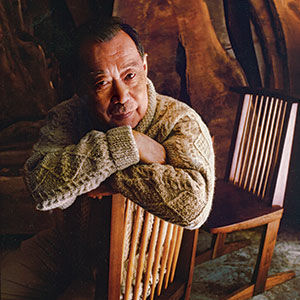 |
George Nakashima–A Tree in the Chair ShopGeorge enjoyed that there was some intellectual activity along with the handwork. Jonathan Yarnall |

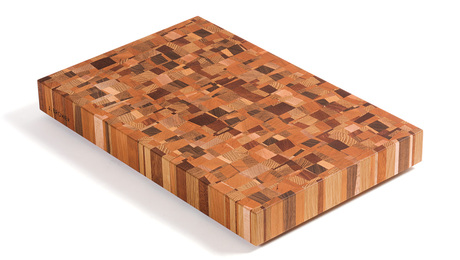
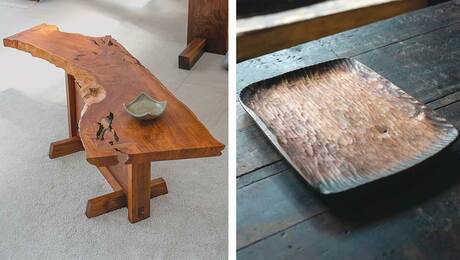
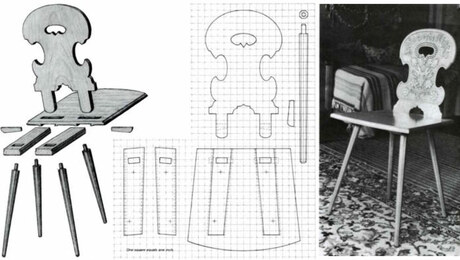
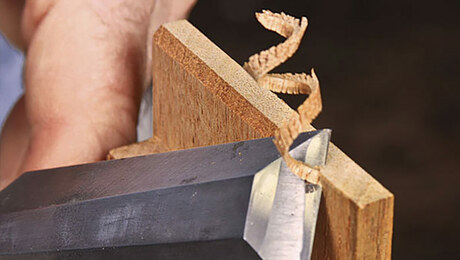

















Log in or create an account to post a comment.
Sign up Log in